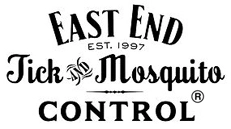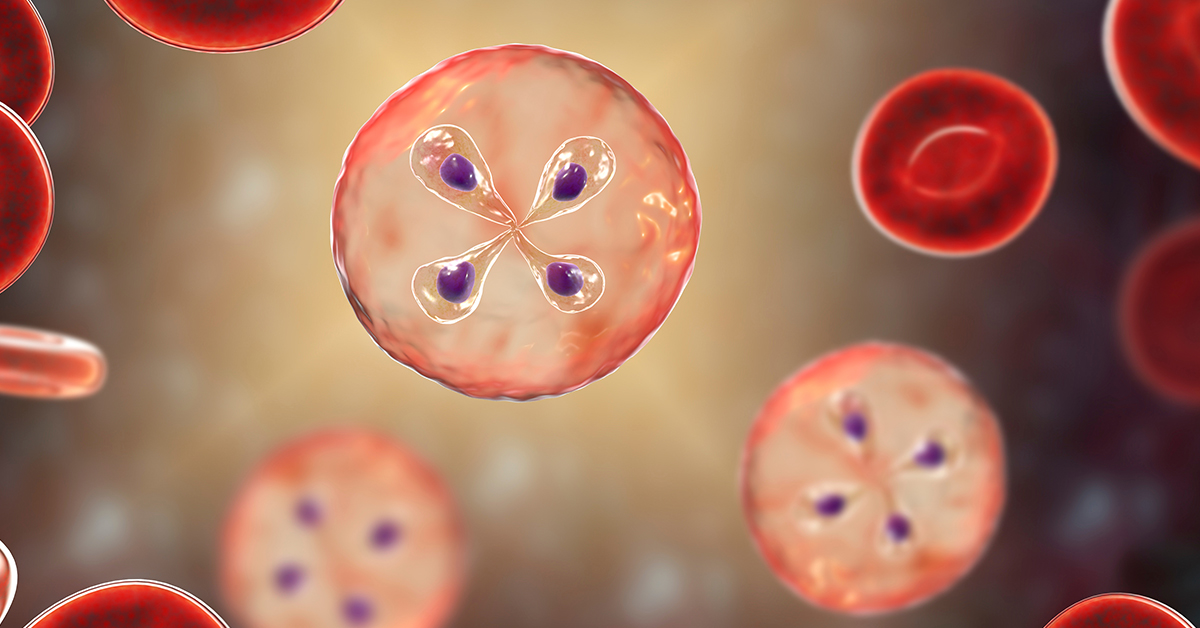When it comes to tick-borne threats, Lyme disease grabs most of the headlines. With up to 30,000 reported cases annually (and some high-profile sufferers), its symptoms and potential consequences are well known.
But Lyme disease is only one of a handful of tick-borne diseases found on Long Island. These include Rocky Mountain spotted fever, anaplasmosis, ehrlichiosis, Powassan virus, and a growing threat called Babesiosis.
What Is Babesiosis?
Babesiosis is a zoonotic disease caused by microscopic babesia parasites that attack red blood cells. It is transmitted to humans and animals primarily through tick bites. It also may be spread through blood transfusions or passed to a fetus during pregnancy.
Many cases of babesiosis are asymptomatic, and the individual may never know they were exposed. Others develop flu-like symptoms such as nausea, fatigue, fever, chills, body aches, headache, and loss of appetite. In serious and severe cases, babesiosis can cause hemolytic anemia (the destruction of red blood cells), blood clots, unstable blood pressure, and organ failure.
A small percentage of severe cases are fatal. Babesiosis symptoms may not appear for weeks or months after initial exposure. So, it is important to watch for signs of illness for an extended period after a tick bite.
Babesiosis symptoms in dogs include reduced appetite, lethargy, pallor, and weakness. As in humans, many cases are asymptomatic but severe infections can be lethal. In dogs, babesiosis can be spread through tick bites, in utero, and from exposure to the blood of an infected dog.
What Tick Transmits Babesiosis?
Like Lyme disease, babesiosis is transmitted by the bite of the Ixodes scapularis – better known as the black-legged or deer tick. These ticks are very small, brown or black in color, and have no white markings.
This Tick ID Card from the Regional Tick-Borne Disease Resource Center can help you identify the types of ticks commonly encountered around Long Island and throughout the region. Deer ticks have been commonly found in Suffolk County backyards.
Where Do Cases of Babesiosis Occur?
Babesiosis cases are concentrated in the Northeast and the Upper Midwest. The disease is most common in New York State, New Jersey, New England, Wisconsin, and Minnesota. Due to the increasing range of babesiosis-carrying ticks, the disease is now a threat in the Mid-Atlantic and Midwest regions.
Can Babesiosis Be Treated?
Asymptomatic cases of babesiosis generally require no treatment and resolve on their own. More serious infections may be treated with some combination of antibiotics, antifungals, and anti-parasite drugs. Severe cases may necessitate antipyretics, vasopressors, blood transfusions, mechanical ventilation, or dialysis.
Can Babesiosis Be Prevented?
The best way to prevent babesiosis (or any tick-borne illness) is to avoid contact with ticks. When you’re outdoors in areas where ticks may be present, keep your skin covered and use tick repellent.
Make a habit of checking for ticks on yourself, your children, and your pets each time you come indoors. You should also keep your home and yard tick-free with regular treatments that create a perimeter around your property.
East End Tick & Mosquito Control® Keeps Your Family Safe from Tick Threats
Avoiding tick-borne illnesses like babesiosis starts at home, with trusted and safe tick control treatments. East End Tick & Mosquito Control® has been keeping Long Island families safe from tick threats for more than 20 years. Reach out online for a free quote or call us at (631) 287-9700 in the Southampton area; (631) 324-9700 in East Hampton, or (631) 765-9700 in Southold.


